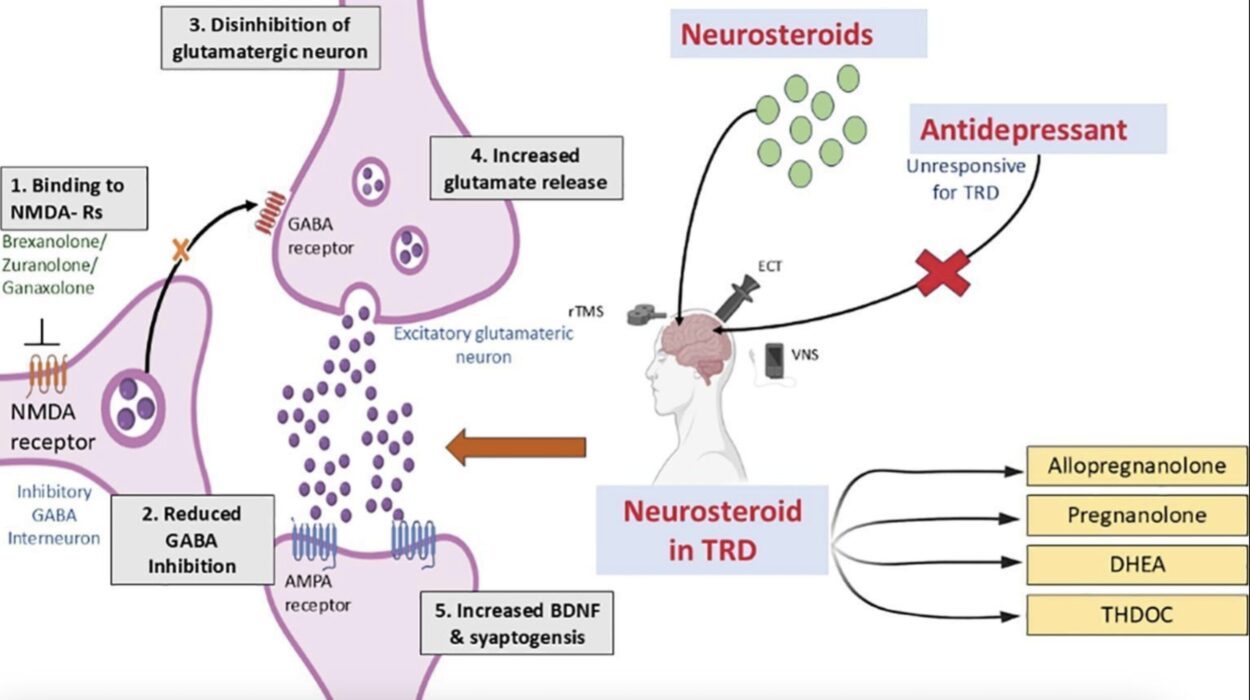Have you ever caught yourself breezing through a repetitive task—like reading survey questions, clicking through online forms, or scanning similar documents—and wondered, “Why am I getting faster at this?” It might feel like boredom pushing you to rush. But, according to groundbreaking research from the Faculty of Arts at Charles University, there’s something deeper going on: you’re actually learning.
Yes, you read that right. What may seem like mindless speeding-up is, in fact, your brain adapting, optimizing, and strategically allocating attention. In a landmark study published in the journal Open Mind, cognitive scientist Jan Chromý and his team have uncovered compelling evidence that this speeding up is less about checking out and more about tuning in.
Rewiring Through Repetition
The phenomenon in question is known as “task adaptation.” It’s a common cognitive pattern: when individuals are asked to perform the same kind of task over and over, they start to complete it faster and often more efficiently. Think of it like your brain shedding excess cognitive baggage with every repetition—what used to require conscious effort becomes nearly automatic.
But until now, scientists hadn’t clearly answered why task adaptation happens. Is it because people are zoning out from sheer boredom and tapping through tasks quickly just to get them over with? Or is it because they’re actually learning, refining their cognitive strategies, and becoming better at what they’re doing?
To find out, Chromý and his team set up a remarkably thorough series of six self-paced reading experiments. Nearly 1,500 participants took part, making this one of the most robust experimental explorations of task adaptation to date.
Reading Faster—and Smarter
Participants in the study were asked to read texts at their own pace and then answer comprehension questions. These weren’t just multiple-choice tests where guessing could skew the results. Instead, the researchers used open-ended comprehension questions and deliberately removed filler sentences to focus participants’ attention on meaningful content.
The results were eye-opening.
As expected, participants got faster at reading with each repetition. But here’s where things got really interesting: their recall accuracy improved, too. In other words, as participants sped up, they weren’t skimming or cutting corners. They were actually retaining more information—and recalling it more accurately.
This finding directly challenges the common assumption that people rush through repetitive tasks because they’re bored or disengaged. If that were true, you’d expect performance to plateau or even decline as attention waned. But the opposite happened.
Attention as a Learning Tool
What Chromý and his team observed was a kind of quiet brilliance. The participants were learning how to learn. They began to pick up on patterns in the tasks. For instance, if certain types of information were repeatedly targeted by comprehension questions, they started paying closer attention to those sentence components. Their brains seemed to say, “Aha! This is the kind of detail I need to remember.”
This is a classic sign of strategic attention allocation, and it’s a hallmark of genuine learning. Essentially, participants were subconsciously adjusting their reading strategies to better match the demands of the task.
“Participants weren’t just pressing buttons faster out of boredom—they were genuinely improving,” said lead researcher Jan Chromý. “Our findings strongly suggest that participants strategically allocate their attention based on experience, actively enhancing their performance.”
This represents a significant shift in our understanding of how learning and attention interact over time.
Rethinking the Role of Motivation
One of the reasons this study stands out is because it challenges a long-held assumption in cognitive psychology: that motivation—or more accurately, the lack thereof—is the main driver of performance in repetitive tasks.
In many experimental setups, when participants start speeding up, researchers often chalk it up to dwindling motivation. The thinking goes: people just want to get it over with. But Chromý’s study flips this narrative on its head.
By carefully controlling the experiments—removing filler content, using open-ended questions, and tracking not just speed but also comprehension accuracy—the researchers isolated the learning effect from the motivation effect. And learning won.
This doesn’t mean motivation plays no role. It certainly does. But what this study shows is that even in the absence of strong external incentives, people are constantly optimizing. They’re noticing patterns, adapting strategies, and improving performance—not because they’re trying harder, but because the brain naturally gravitates toward efficiency.
The Hidden Genius of Everyday Cognition
This kind of learning is subtle, almost invisible, but it’s everywhere. Think about how quickly you learn your way around a new phone, a new app, or even a grocery store layout. At first, everything requires effortful attention. But soon, your mind starts to navigate more smoothly. You prioritize relevant details and ignore the rest. You become faster and more accurate, just like the participants in this study.
And yet, because this process happens quietly in the background, we often don’t give it the credit it deserves.
Chromý’s work highlights just how active and intelligent our cognitive systems really are—even in the most mundane situations. The findings also have broad implications for how we design experiments, teach skills, and understand human behavior in digital environments.
Implications Beyond the Lab
The relevance of this research extends far beyond the walls of a university lab. For educators, it’s a reminder that repetition isn’t just a dull necessity—it’s a vehicle for genuine cognitive growth. Students who revisit the same kinds of problems aren’t just doing drills; they’re actually honing their attention, memory, and efficiency.
In user interface design, understanding that users adapt based on learned expectations can inform better navigation systems. If users notice a pattern in how information is structured, they will adapt to find it faster—if the design stays consistent.
For managers and team leaders, it suggests that even repetitive workflows can lead to increased expertise, not burnout, if employees are encouraged to reflect on what they’re doing and why.
Even in mental health and productivity science, the idea that we are naturally inclined to refine our attention and strategy over time has powerful implications. It shows that the human brain is inherently wired to learn and adapt—even without formal instruction or deliberate practice.
Conclusion: A New Lens on Everyday Learning
The study from Charles University adds a vital piece to the puzzle of how we learn, adapt, and perform. It confirms something many of us have felt intuitively: that we’re not just going through the motions—we’re growing through them.
Next time you find yourself speeding up on a repetitive task, take a moment to appreciate what’s really happening. You’re not bored—you’re becoming better. Your brain is mapping out a smarter path, refining its tools, and optimizing for success.
In the words of Jan Chromý: “Even without obvious external incentives, participants adapted and improved. That’s the power of learning, working quietly in the background.”
So go ahead—revisit that task, open that familiar app, reread that chapter. Your brain is doing more than you think. It’s learning, adapting, and getting ready for whatever comes next.
Reference: Jan Chromý et al, Learning or Boredom? Task Adaptation Effects in Sentence Processing Experiments, Open Mind (2024). DOI: 10.1162/opmi_a_00173






